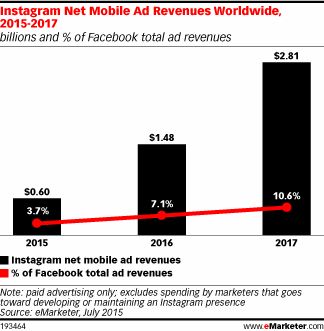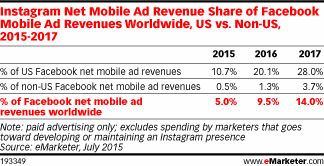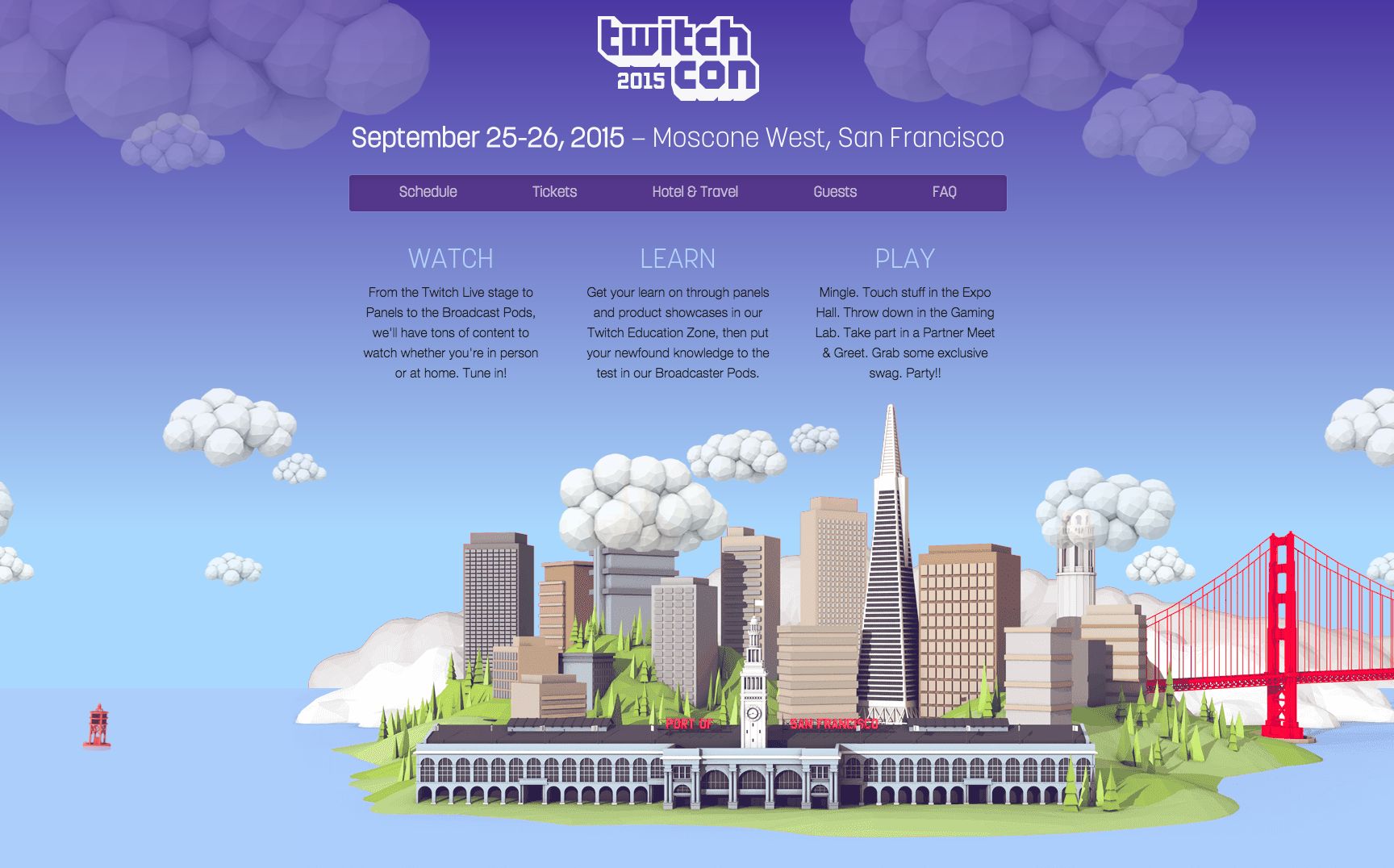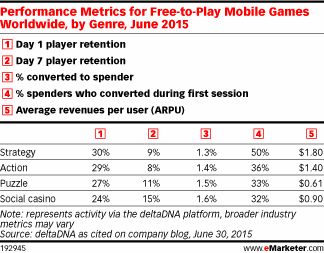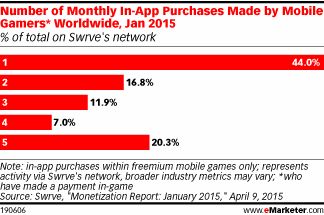The explosive growth of eSports owes a great deal to livestreaming, and when you’re talking about livestreaming video you’re talking about Twitch. Twitch’s rise to over 100 million monthly viewers in a few short years has been because of a symbiotic relationship with eSports, and that mutually beneficial relationship continues. Twitch is now a part of Amazon, and that backing is giving the company plenty of confidence has it moves forward.
The growth of Twitch has, of course, attracted scores of competitors like Azubu and Hitbox, but there biggest entry into the livestreaming market has to be Google, which is pushing to make YouTube into a top livestreaming site as well as a top spot for videos. It’s a busy time for Twitch, which isn’t slowing down at all as it moves ahead with multiple initiatives, including the first TwitchCon coming up this September. Andy Swanson, VP of eSports and Events for Twitch, spoke with [a]listdaily about the past, present, and future of Twitch. Swanson will be part of the upcoming [a]list Video Summit in August, where he will expand on this topic.
We’ve seen explosive growth in eSports over the last few years, with Twitch being a major factor in that. Will the strong growth continue When might it level off?
Twitch was actually founded on an eSports pivot point. On Justin TV, the biggest thing that we were seeing growth in was people playing competitive Starcraft. That area was something the exec team had identified as something that had stickiness and continual growth, as well as anrea they were passionate about.
Throughout Twitch’s growth, eSports is a huge, huge part of it. When I came on board eSports was roughly 70 percent of the content on Twitch, and now it’s somewhere between 40 and 50% – but that doesn’t mean eSports has shrunk in any way, shape, or form. If anything, it’s grown significantly. It’s just because the pie for Twitch has diversified. not because it has shrunk. What we’re seeing now is the maturity of eSports. We’re actually starting to see organized seasons, leagues that are consistent for many years, teams being established in a regular circuit. We’re starting to realize where the big tournaments are, where the big money is, where the big sponsors are looking to go.
What’s really interesting is we’re also starting to see a whole lot of interest in eSports from traditional game publishers. We’re starting to see the console game companies, the big guys really eying the space as well. With that often comes a lot of big brand opportunities.
How are brands working with Twitch, and how is that changing?
The Twitch Media Group, which I helped launch, the actual direct sales of brands on Twitch itself is only two years old, which is really new considering things like IGN and Future and GameSpot which have been around for over a dozen years. Originally with Twitch the first category that jumped on board was the endemics, and that makes a lot of sense — the game publishers and the game developers. For them it was really understanding what was happening on Twitch, what was really going on, what were the opportunities for them to speak directly with their own community, to create content and cultivate relationships with streamers. The game companies came first, then we saw Hollywood come in a big way, TV, theatrical and then DVD. They really saw this as an opportunity because this is where their demographic was, this is where they were able to showcase live video, this is where they saw incredible engagement.
We’ve started to see an incredible growth in what we call non-endemics, non-gaming categories. We’ve seen Old Spice, Duracell, you name it — any category we’ve had explored. It’s because of the uniqueness of what Twitch is,, the way people consume content differently, the quantities in which they are consuming it, and the social engagement while they are consuming it.
Two years ago we would have been very heavy from a brand perspective on gaming — and they still support us in a major, major way — now, more of our inbounds are from non-gaming brands. Which is why we’ve staffed up our New York and Chicago efforts significantly.
What’s next for Twitch and eSports and the relationships with brands What’s coming up in the year ahead?
The core endemic brands that support eSports in a big way are often technology companies, where the technology is based on the games — Logitech, Razer, Astro Gaming, Gigabyte, Alienware. Those companies have been supporting eSports for a long time. I’ve never been involved with an industry where there’s so much growth and so many interested parties, where everybody wants to learn about eSports. The example I use is all the big brands are sitting around the pool, and some of them are touching their toes in the pool. I feel like we’re just waiting for that one big brand to do a cannonball, and then everybody’s going to jump in the pool.
What are the key things a brand needs to know about Twitch and eSports, particularly when it comes to global reach?
Traditional distribution on cable is going to limit your audience, where we are global. Part of the challenge is also part of the opportunity when you’re looking at it from a brand perspective, particularly when you’re talking about integrating within a particular eSport. Do you only care about the North American market The way I describe eSports to folks is that it’s way more like the Olympics or the World Cup where it is an international experience. If you want to just surface on the US or North American feed, we can do that. But you do have to realize when ESL or League of Legends host international events, when they are in Stockholm or Poland or in Asia, you’re going to still have a significant amount of people in the United States watching.
How is TwitchCon shaping up What are you hoping to accomplish with it?
We’re very pleased with the amount of sponsors we’re seeing there, which for year one is pretty exciting. TwitchCon in its purest form is really meant to be a celebration of our broadcasters and our viewers. We actually toyed early on with not bringing in sponsors, and having it be a totally pure event. The idea is celebrating our broadcasters, celebrating our community, and teaching fledgling broadcasters. Go to the TwitchCon page and look at the agenda and you’ll see how focused it is on the community and the broadcasters themselves and how they can become better. One of the major areas we have is for sponsors that have some sort of technology that’s part of streaming — headsets, microphones, green-screen — and that improves the ability to stream. We’ve got over 2600 broadcasters coming already, with over 800 at the partner level, which are the folks that are the top tier. The rest of it’s going to be fans who want to meet their favorite Twitch celebrities. We’re also going to have game companies along, the hardware guys, and we’re actually starting to see some significant non-endemics as well that want to reach that audience.
